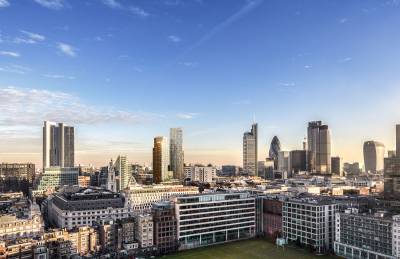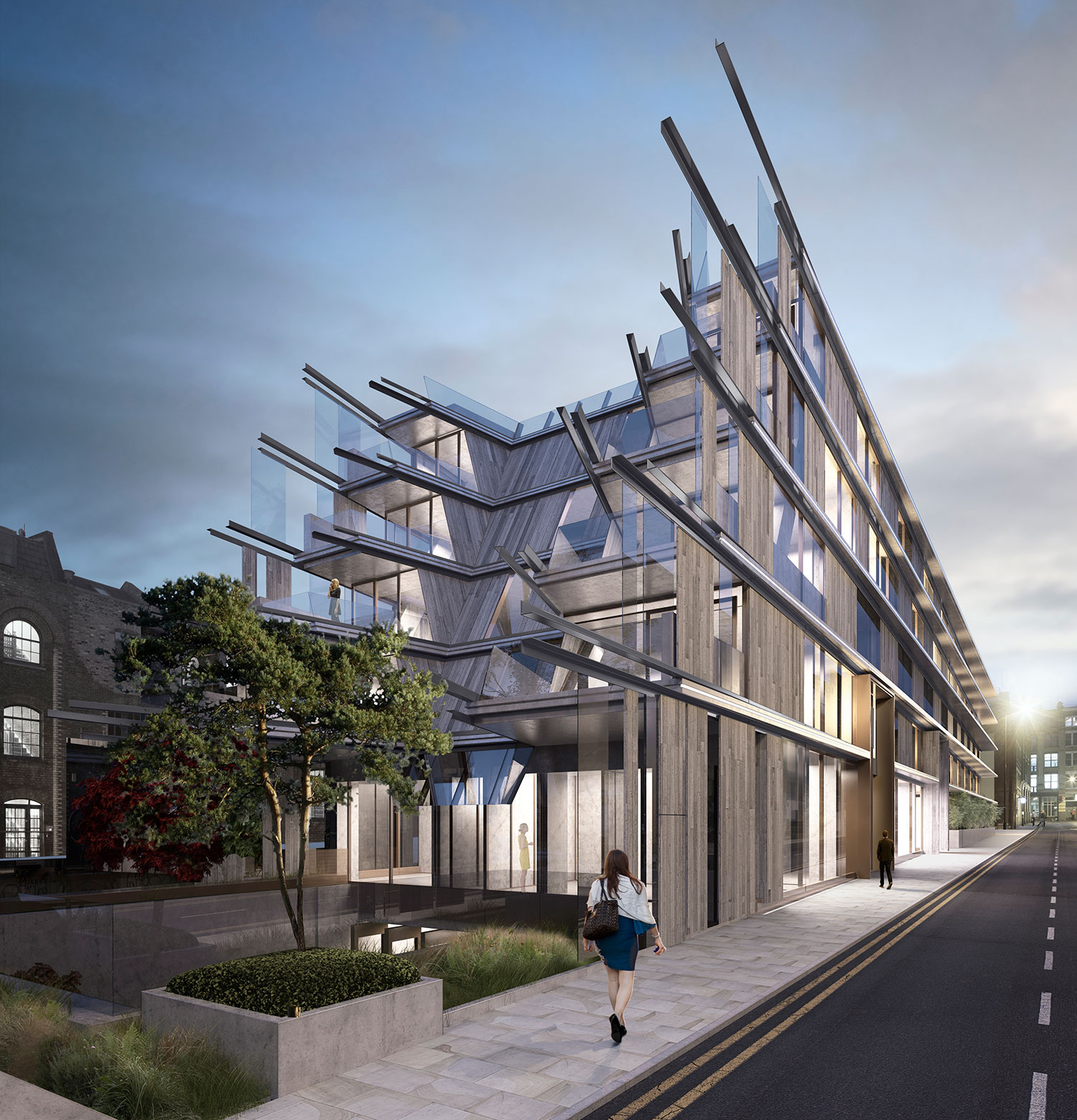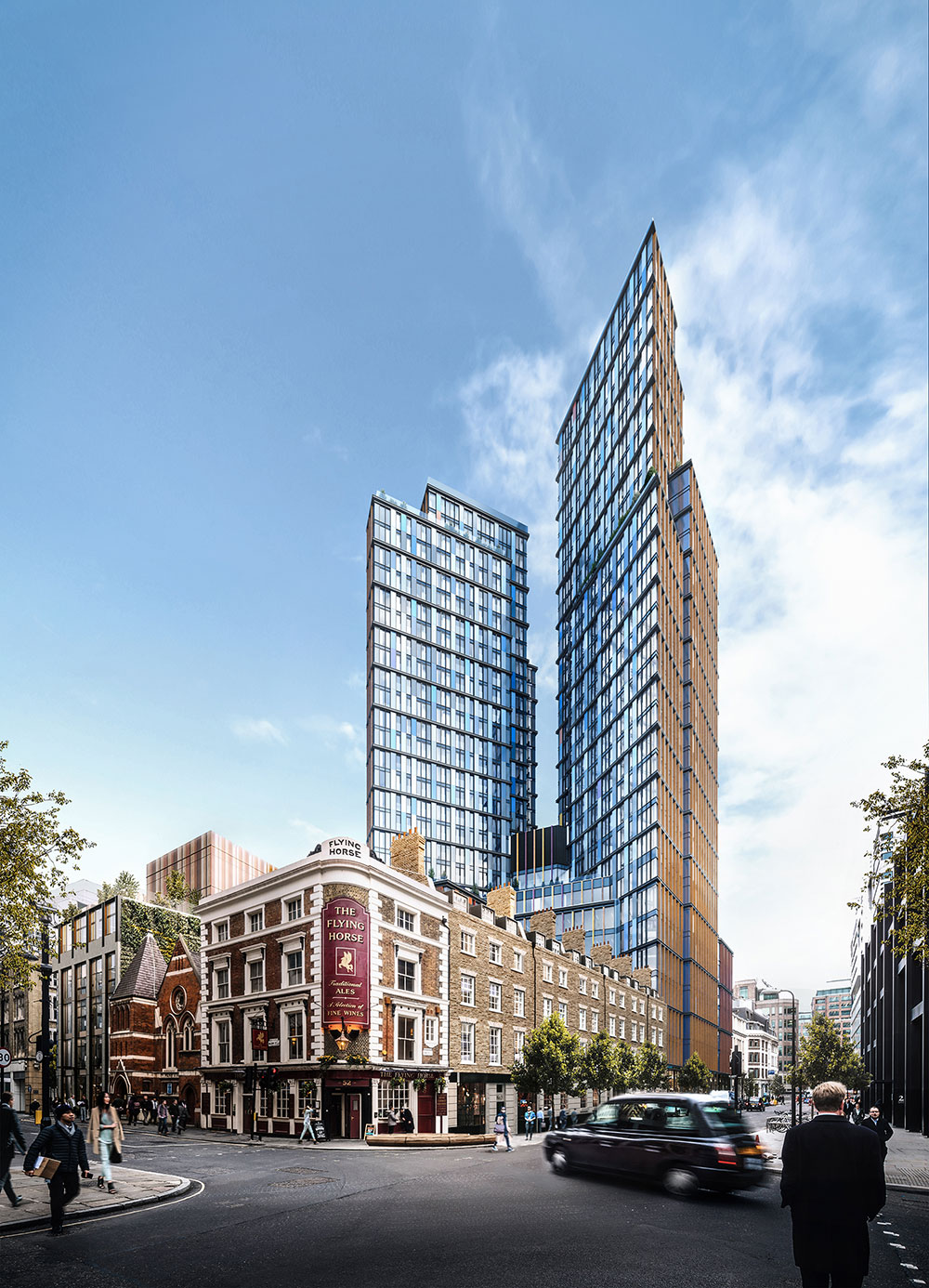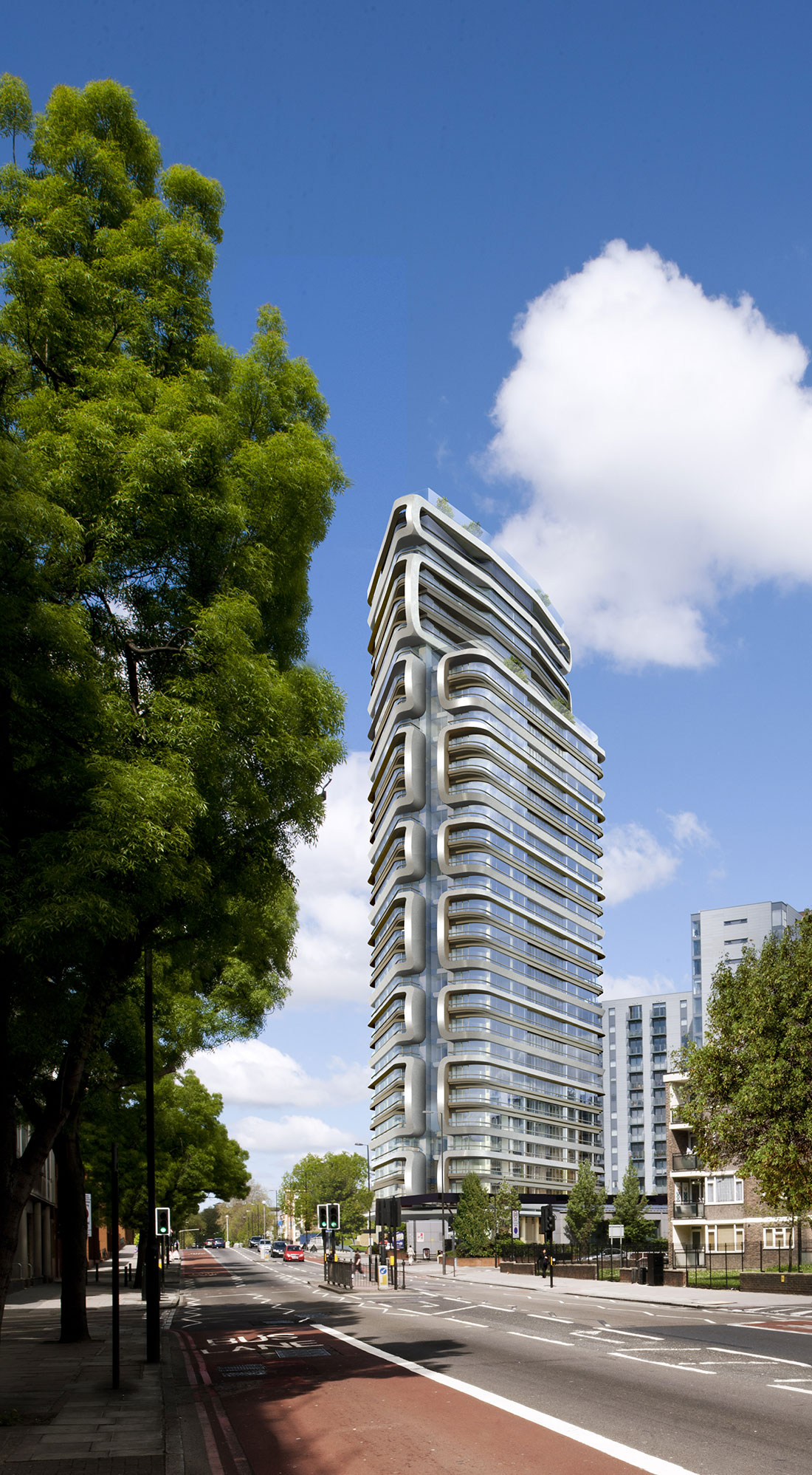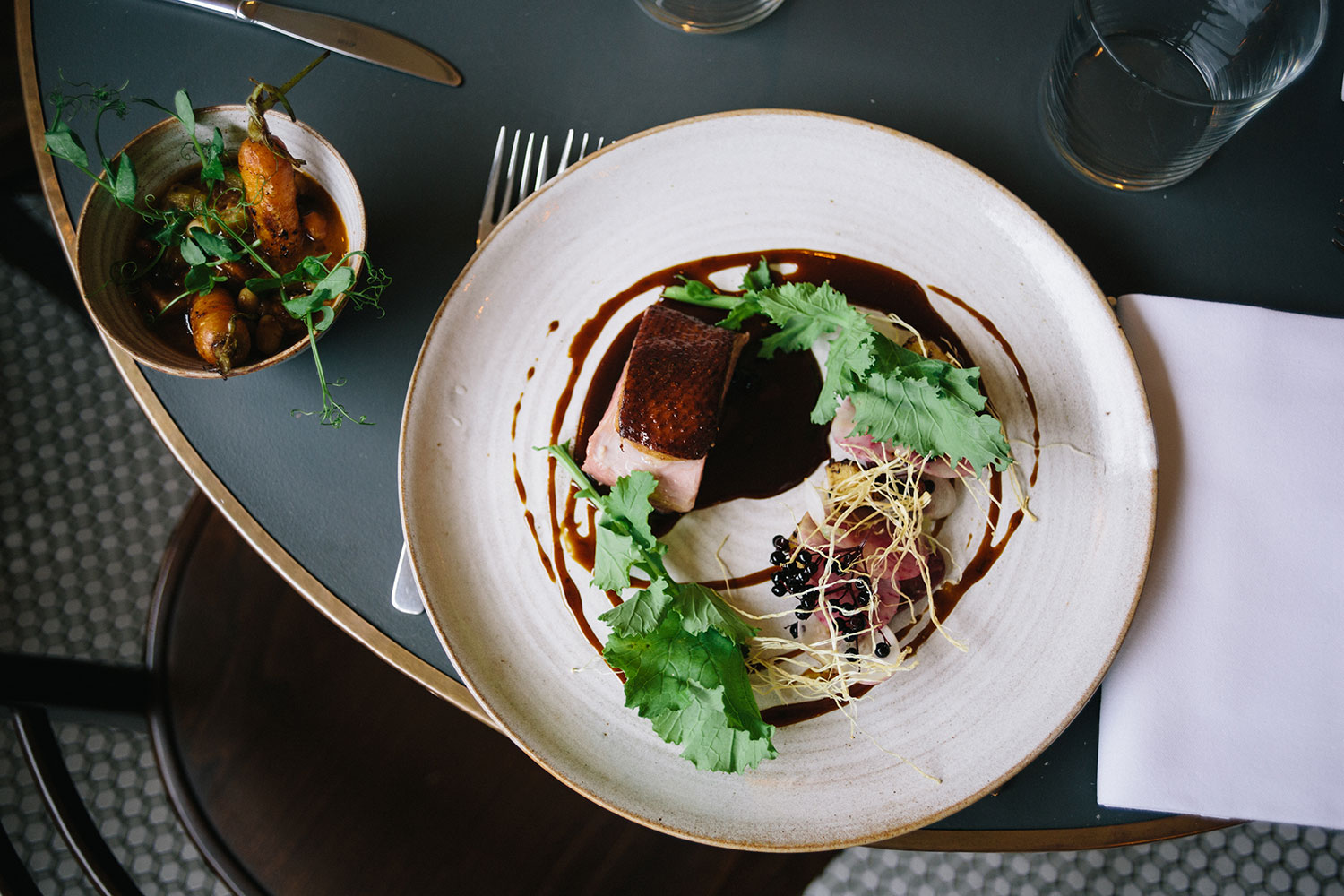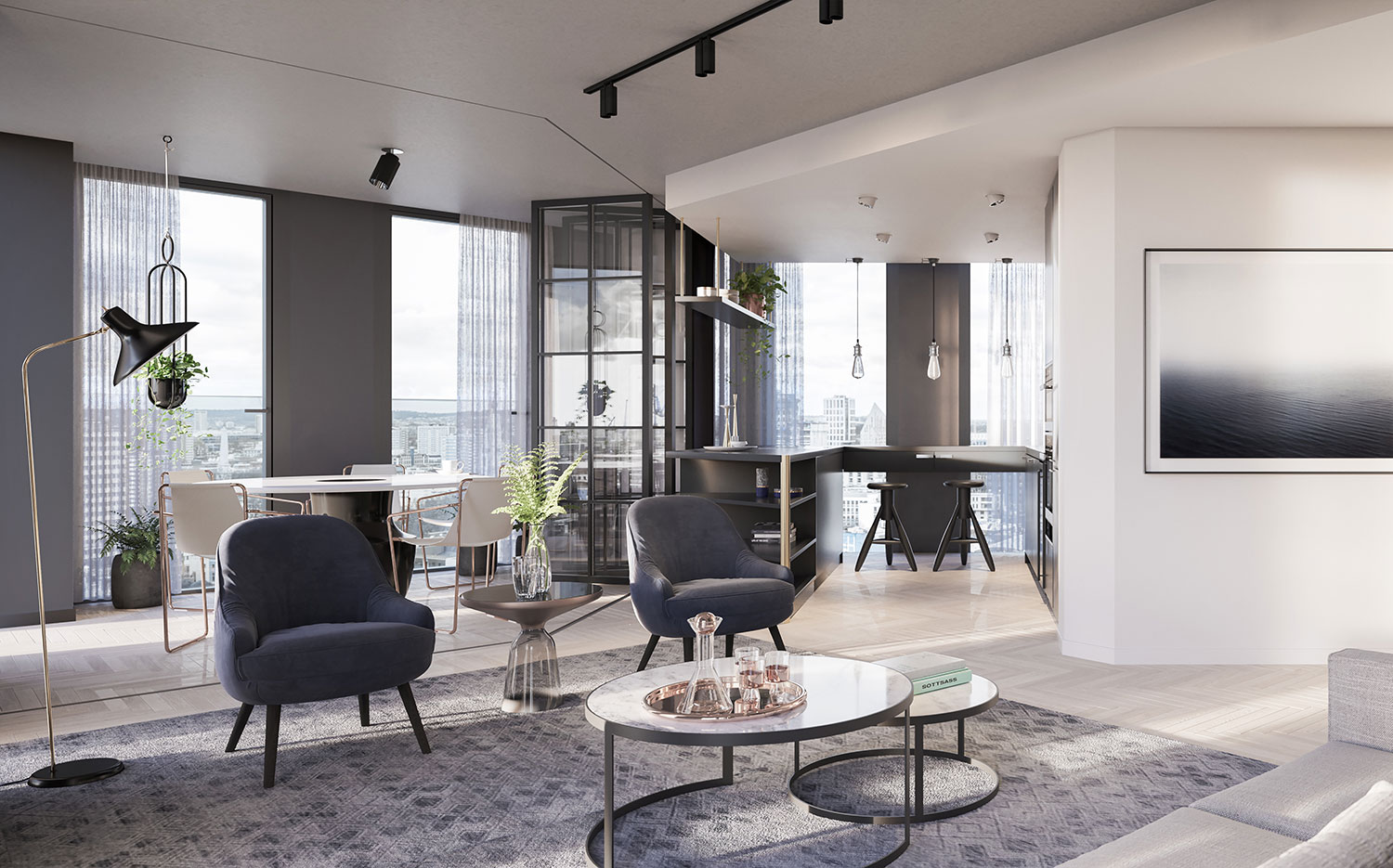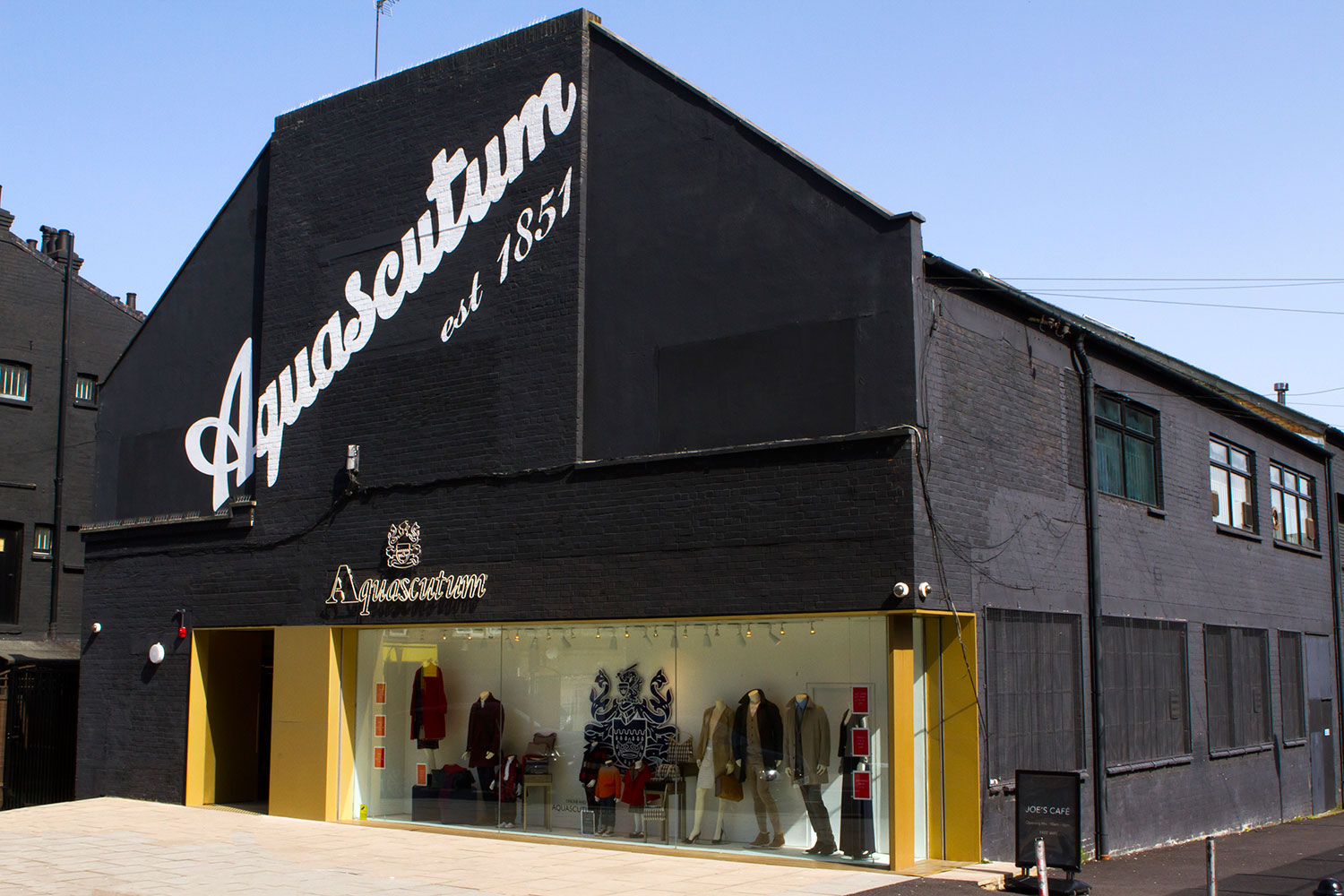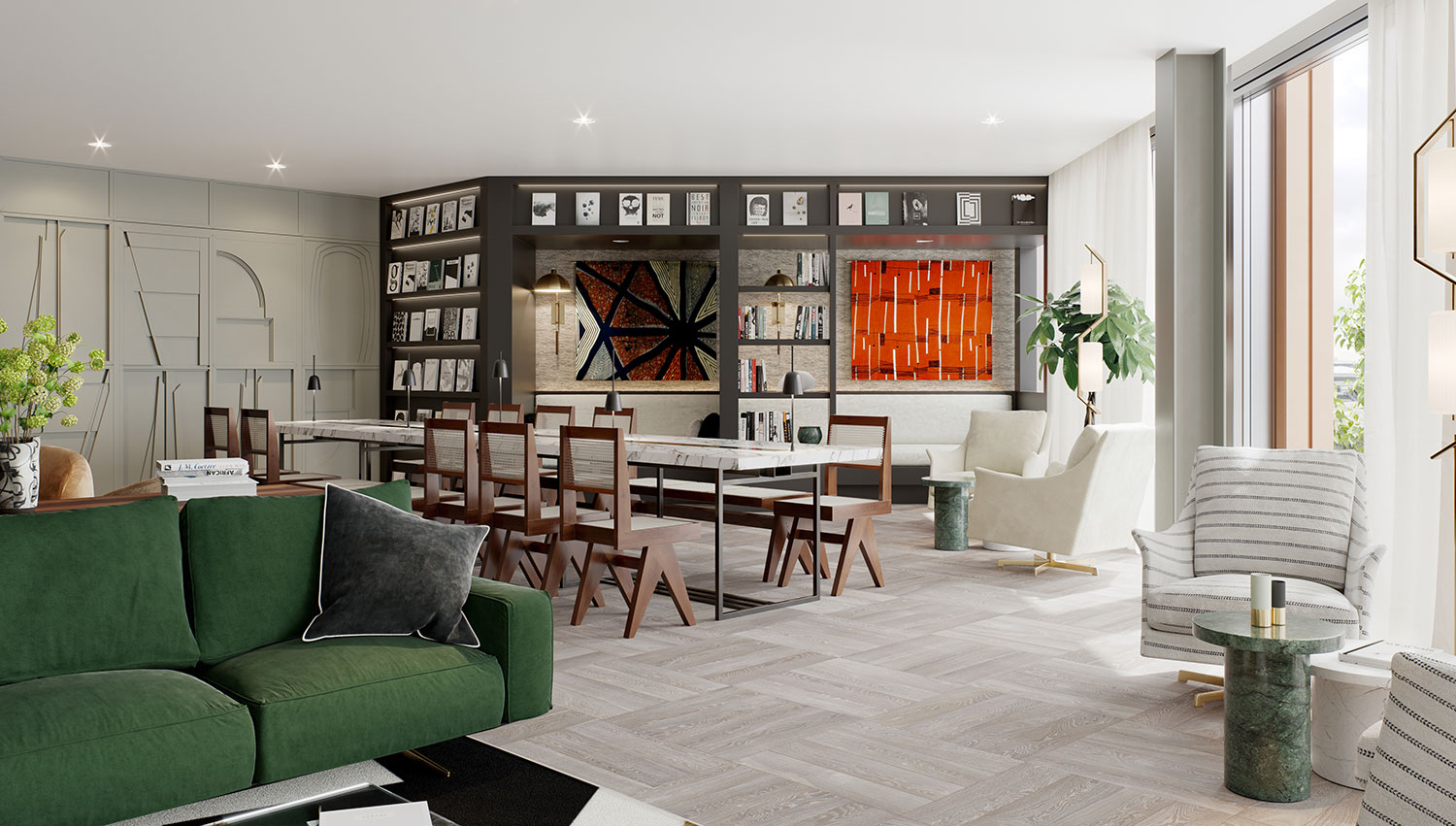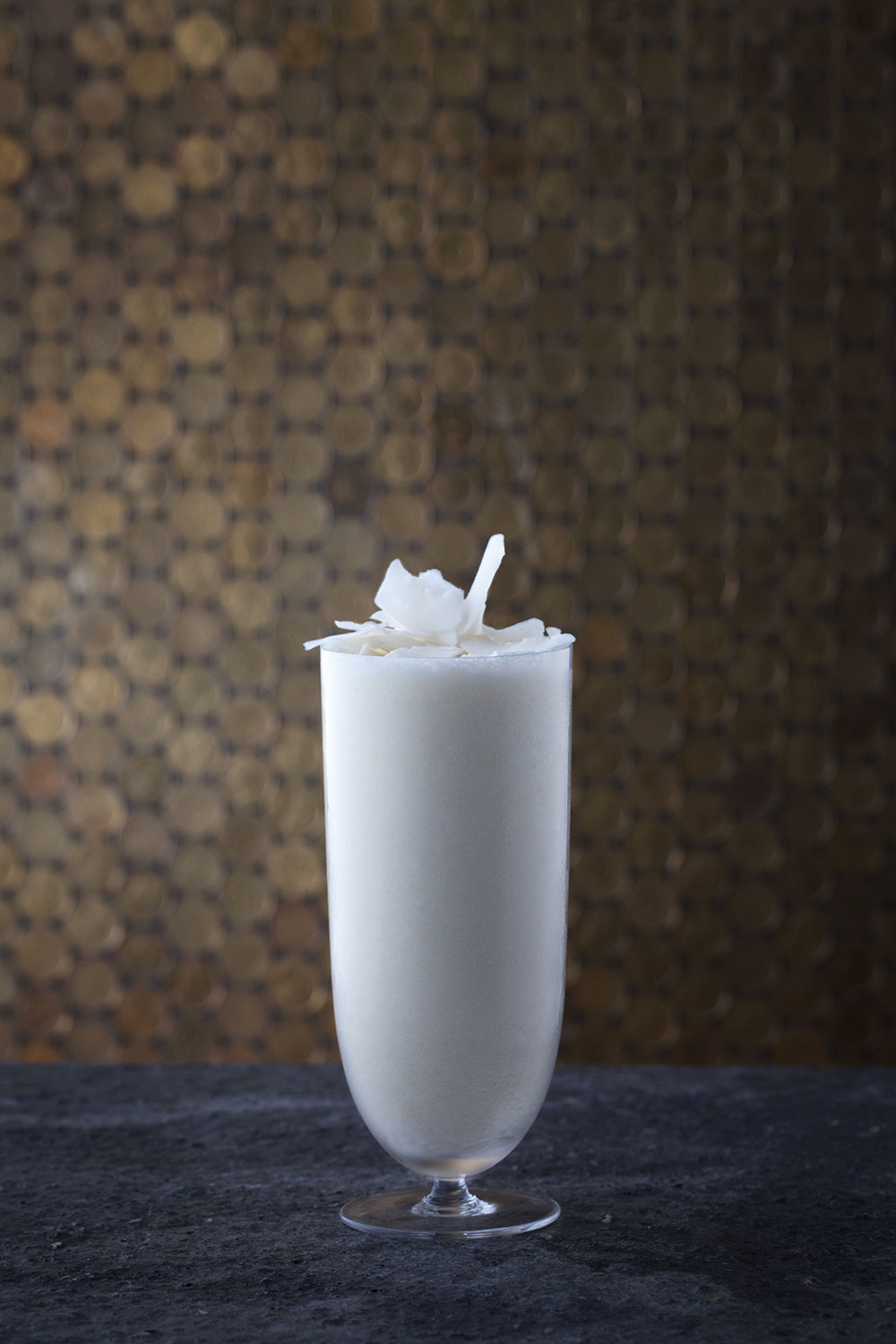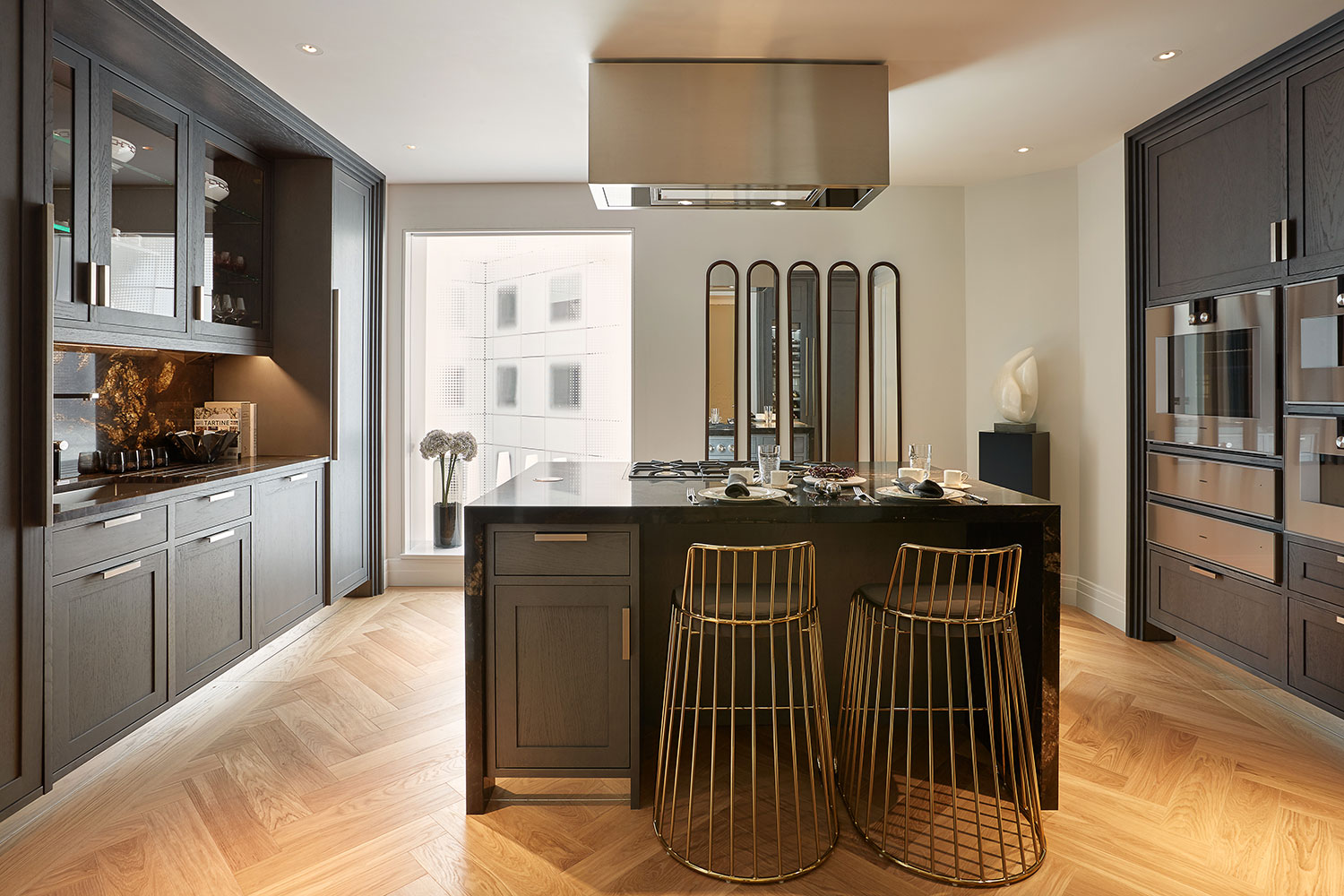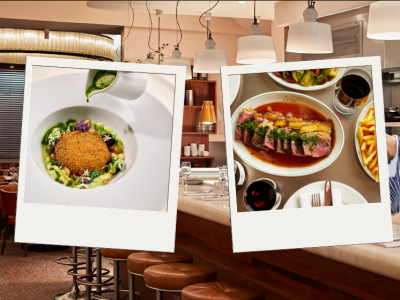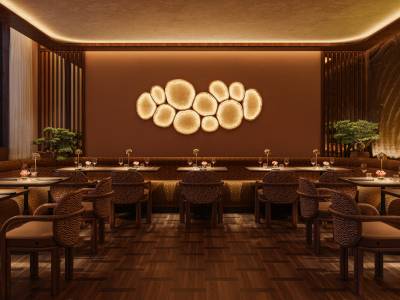Outside Dalston Kingsland station, bowls of fruit are offered for a pound and an evangelist preacher tries to convert morning commuters. Fish heads are sold off cheaply and the 99p store does a roaring trade. This is hardly the most likely location for a revolution in luxury development, but that is what is happening right next door. FiftySevenEast is a development by Taylor Wimpey that will be completed early next year. Two-bedroom apartments with private roof terraces are selling off plan for just shy of £1 million, and underneath will be a Marks & Spencer. There will also be a private, landscaped courtyard and bespoke Alno kitchens.
Rising in the East: The luxe evolution of East London
4th July 2017
From Dalston to Shoreditch, expectations are sky high across the capital as East London enjoys a luxury makeover with new investment and upscale developments

In nearby Shoreditch, developers have 2,000-plus rooms in development in hotels normally associated with Knightsbridge and Kensington. This is just part of the monumental transformation of east London. What once were considered murder miles are now hipster hubs. From members’ clubs with Michelin-starred chefs to luxury brands such as Gucci shooting their campaigns here, many areas of Hackney and Tower Hamlets are becoming glossy and premium and the money is flooding in.
Many areas of Hackney and Tower Hamlets are becoming glossy and premium and the money is flooding in
Naturally it makes sense, given the proximity to City, legal and tech industries and their professionals looking for deluxe services. Take the destination of our cover shoot, the Canaletto building on City Road. As well as a gym and underground swimming pool, there is a private cinema and an in-house spa. Opposite this, Berkeley Homes’s 250 City Road has a Foster + Partners apartment block due to complete in winter 2018. This will include a 20-metre indoor pool and penthouses from £2.3m.
Berkeley Homes is also flexing its muscles with its Goodman’s Fields development in Aldgate. Along with spin studios and a Curzon cinema, a rooftop garden with wildflowers offers sweeping views of the City. In Shoreditch, One Crown Place is a £500m development, which will house 246 apartments, a boutique hotel and a restored Georgian terrace.
“It is a little bit trendier here,” says Piers Clanford, managing director of Berkeley Homes. “The West End is traditional brands, but the city fringes are unique. There is a lot more variety in terms of bars and clubs. The buyer profile is someone who works in the City, Canary Wharf or the West End, but wants a livelier life during the weekends.”
Next to the Happy Hour pubs of Bishopsgate, Foster + Partners is also building Principal Tower. Although hugging the city, this is still technically in Hackney; here a three-bedroom penthouse with herringbone floors and 24-hour concierge is on sale for £5.5m. Next to this is The Stage, once the setting of Shakespeare’s Curtain Theatre and soon to be home to 412 luxury flats, an Equinox gym and a skylounge with Sonos and Miele appliances in every flat.
It’s about time, says Andrew Kafkaris, founding partner at Bruton of Sloane Street: “Without doubt, growth over the next 10-20 years will be led by London’s eastern districts. Cheap office space is what initially drew tech start-ups, designers and media firms priced out of Soho and the Southbank eastwards, which has seen huge investment in the past 10 years. Now, increasing activity is at the Eastern Fringe of the City — the area running from Old Street (or Silicon Roundabout), south of Spitalfields Market and drifting east into Whitechapel.”
Although still resplendent with oft-changing graffiti and the remnants of last night’s raves, Redchurch Street in Shoreditch now sells Le Labo laundry detergent for £47, and in Club Monaco one can pick up vintage cufflinks for just shy of a £1,000; the perfect accompaniments for a bespoke Timothy Everest suit and £60 Sunspel T-shirt bought from across the road.
Shoreditch is an area of rapid change with the convergence of tech, media and fashion, not unlike the Meatpacking District in New York
Some may lament the passing of the old character. Chariots sauna used to be a local landmark; next year, the site will be redeveloped by Highgate Holdings with a Gensler-designed work and retail space with a luxury hotel. “It is an area of rapid change, where you are seeing the convergence of tech, media and fashion,” says Duncan Swinhoe, managing principal for Gensler’s EMEA region. “What’s happening here is not unlike what happened to the Meatpacking District in New York.”
Part of the rejuvenation is local architect Scott Kyson, whose firm Kyson is behind many of the local developments. They include a second, more modernist outpost for Blakes Hotel in Hoxton, and a penthouse storey and rooftop restaurant for the new Nobu Hotel Shoreditch, which will include modernist-style rooms and a bar serving snow crab and eggs Benedict at £20 a pop to soigné east Londoners.
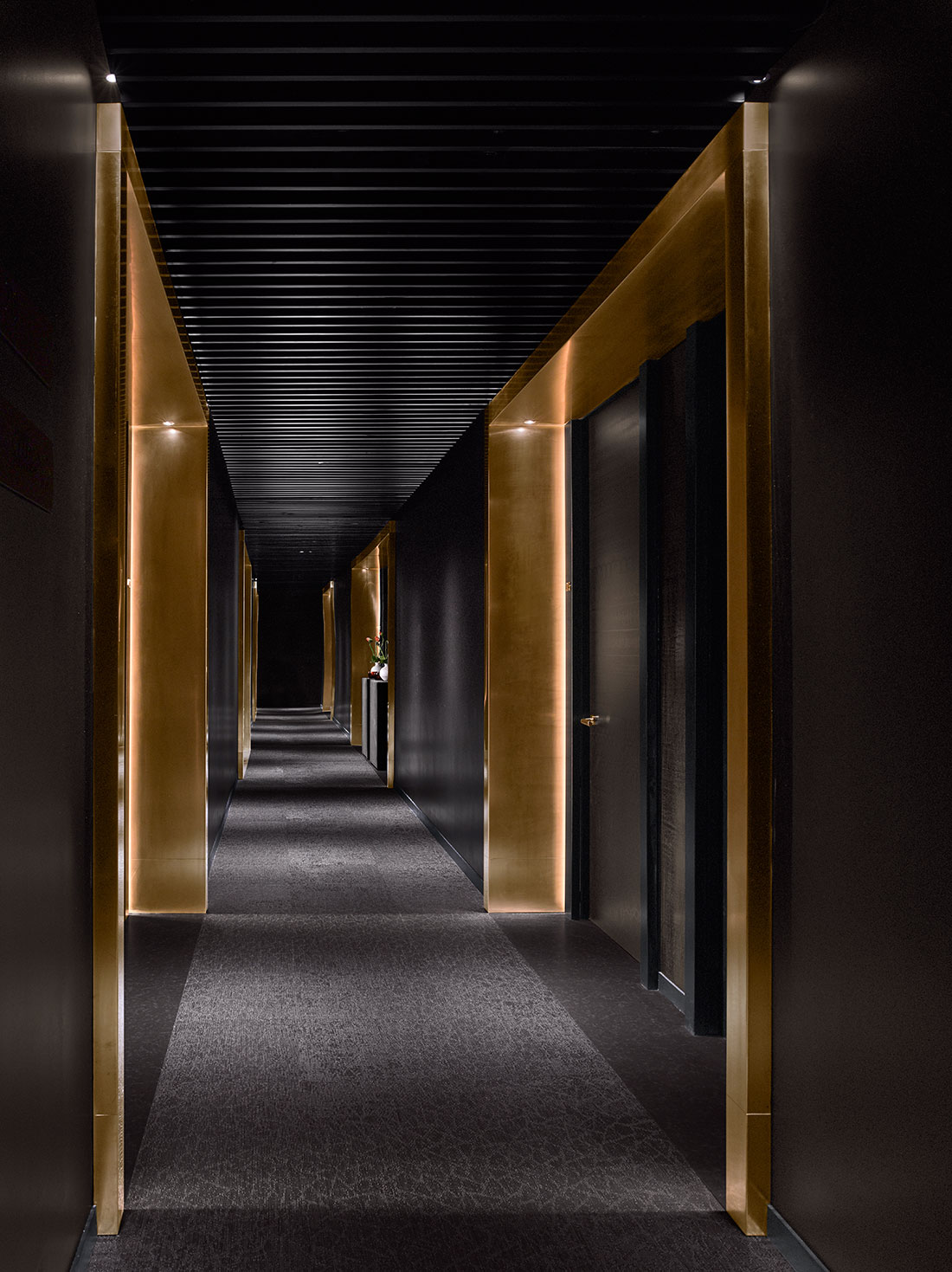
For Kyson, of the 2,000-plus new hotel rooms, the transformation needed to happen: “The council had a bit of a worry with all these hotels coming forward, but for a London Zone One area it is completely underserved for rooms; you had this wave in the late 1990s, where all these disused office buildings became trendy workspaces, following the trend of Clerkenwell. You now need the hotels.”
He is an east London old timer and has seen the transformation happen before his eyes. “It’s smartened up a lot. I lived in Stoke Newington and Hackney Downs. I remember when someone was shot in a car park. That all changed around 2010. If I go back now, it’s unbelievable. Runs of shops that were non-existent have been turned into boutiques and independent stores.”
Just along from Kyson’s office, the new Curtain hotel and members’ club is primarily aimed at the City meets culturepreneur set. Here food is by New York’s Marcus Samuelsson, the lauded chef behind Red Rooster in Harlem. Fitzrovia’s Steve Lazarides curates the art and there is a party den with soundproofed disco.
A further glitzy members’ club in the east has opened at the Four Seasons at Ten Trinity Square in Tower Hill, complete with Château Latour tasting room. There are also residences going for up to £18m, and La Dame de Pic, the first British outpost by three-Michelin-starred Anne-Sophie Pic. Down the road is the gleaming Devonshire Club, serving City workers toro sashimi and offering storage for their bottles of Louis XIII cognac.
Indeed, throughout the area, the food and drink on offer is moving upscale. Salvatore Calabrese, the inventor of the Duke’s Hotel Martini and a Mayfair bar scene regular for some time, has just opened The Mule Bar in Spitalfields (see page 19). And Chris Moore has left the Beaufort Bar in the Savoy to open his own cocktail bar, Coupette, in Bethnal Green.
Indeed, for those who think that moving to Hackney means a cheaper shopping bill, think again. Gourmands form a snaking queue at Hill & Szrok on Broadway Market on a Saturday for Bresse chickens at £20 each, while heritage grain sourdough bread at the Bread Station bakery around the corner is £6 a loaf. For every pound bowl of fruit on offer, there is an artisanal bakery or £60-a-bunch florist popping up at a rate of knots. Wilton Way, one of the chicest spots in the area, is home to restaurant Pidgin, awarded a Michelin star this year. It sits opposite Momosan, a sublime design store that sells upscale handcrafted ceramics and homeware.
Of course there are two sides to every story. Hackney Council, which has to approve a lot of the schemes, is both encouraging the new wave of luxury to the area, but also mindful of the need for balance, so luxury developers are also required to build affordable housing.
Councillor Guy Nicholson, who heads up Hackney’s regeneration department, is concerned about the area’s character: “Do I want to be walking around the streets of Hackney that are like walking up and down the King’s Road? It becomes a very sanitised proposition with a rather monotheistic offer, with little cultural depth.” So for him that means careful placing of the right brands next to the right new builds. It also means looking at developing “living” buildings with vertical gardens, like those in Singapore.
As for luxury fashion brands, they haven’t been as quick to move in. The Hackney Walk retail district has brands such as Matches Fashion, Anya Hindmarch, Joseph and Nicole Farhi selling discounted clothes and JW Anderson has located next to the Ace Hotel. Yet even if not all the stores are there yet, the area is hot property for luxury brands.
“At Old Spitalfields Market, Bond Street landlord Tribeca is bringing in a more upmarket and innovative tenant line-up such as Lululemon and Deciem,” says Andrew Kafkaris. “However, there is a resounding need for a more prestige retail offering in this area. I see a luxury department store on the horizon in response to the increasing affluence found here.”
While some might be resistant to change — especially those who are forced out by rising business rates — in the end the key is about maintaining as much of the local charm as possible. “The challenge is not to sit back and resist the arrival of Anya Hindmarch or a Blakes Hotel,” observes Councillor Nicholson. “It’s to say, ‘OK you are going to come here, open your businesses, your luxury flats, your hotel, but how can you then start to reinvest in the area?’”
